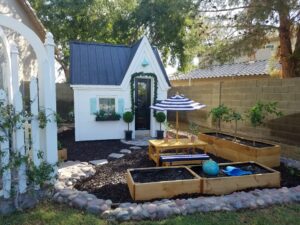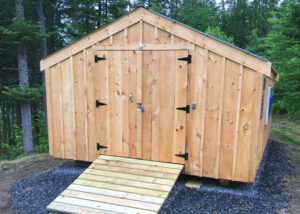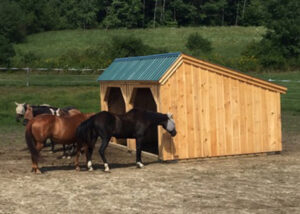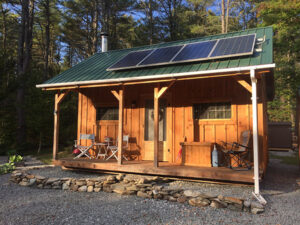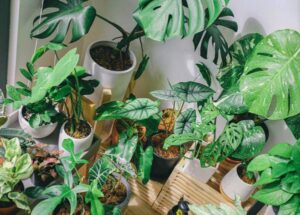
For most people, it’s a frustrating reality that we spend more time indoors than outside. But you can bring some of the beauty of nature into your homes and work spaces by caring for indoor plants. Aside from aesthetics, plants make us feel better physically and mentally. They remove toxins in the air, and they boost your mood and make you feel relaxed. Thanks to the goodness of indoor plants, you can now have the wonders of nature inside your home. However, to make your indoor jungle thrive, you should be equipped with the proper knowledge of indoor house plant care.
Choosing your indoor plant baby
Before proceeding to the guide on how to care for indoor plants, let’s first discuss the tips and factors to consider when choosing what indoor plants you should have in your indoor jungle. Here are some questions that can help you narrow down your choices when it comes to determining which indoor plants are the best choices for clean air.
Am I allergic to it?
While it is true that indoor plants clean the surrounding air, they can still give off allergens such as mold and pollen that, when inhaled, can cause allergies. Moreover, if you choose large tropical indoor plants with large leaves, dust can accumulate, so make sure to wipe them clean occasionally.
Is it safe for kids?
If you have kids at home, most likely they might be tempted to hold plants and then touch their eyes, nose, and mouth, or eat them! Once ingested, they may undergo a simple skin reaction or upset stomach. If a large amount is ingested, it can be life-threatening.
In the process of baby-proofing your homes, do your research about the types of indoor plants you keep and the plants you are planning to add to your indoor jungle. Take note of any plants that are poisonous for kids and have the option of letting them go or hanging them out of reach.
Is it pet-friendly?
Aside from kids, your fur babies should also be taken into consideration when identifying houseplants. Cats and dogs may chew your houseplants out of curiosity.
If you won’t be able to place your plants in a spot unreachable to pets, make sure to select types of indoor plants that are safe for cats and dogs. These include Hawortia, an indoor plant resembling the aloe plant, and Boston ferns (Nephrolepis) known for its shaggy fronds.
How much space is needed?
If you live in a condo, you should know how to arrange indoor plants in your unit to maximize your space. Moreover, even though you want to turn a portion of your home into an indoor jungle, you would want it to be organized and serene, not stressful, and chaotic.
If you plan on adding beginner plants to grow indoors in different parts of your home – like along a window with our flower boxes – picture first how you would like to arrange them. This will help you “see” if your plan works well for your space. Make sure that these spaces are far from any wires and electrical outlets to avoid any accidents when you water them.
If you choose to add indoor vine plants, strategically place them in spots where you want them to crawl onto. You can also hang them on a basket, using a bracket, or place them on a tall plant stand and let them crawl down to the floor. Don’t forget to occasionally trim them and weed out dead leaves.
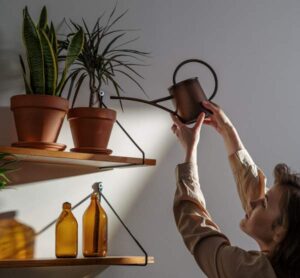
How much light and water are needed?
One thing is for sure, indoor plants need a minimum amount of sunlight for several hours. Others don’t need sunlight at all since artificial light is sufficient for them. Consider the lighting for your indoor plants. Determine which plants should stay near windows and which ones can be placed in secluded spots. You don’t want them to die out of too much or too little sunlight. Also, rotate your plant facing the sun every once in a while, so that the whole plant will get sufficient sunlight.
Indoor plant care includes regular watering. Note that these plants do not need frequent watering so don’t fall into the trap of over-watering. As a rule of thumb, the thicker a plant’s leaves are, the less water it needs. Over-watering can harm your plants. There are also specific plants such as orchids that need regular misting of the roots and leaves, aside from watering the dirt, to ensure that they thrive.
Additional tips on how to keep plants happy
Understand the basics of indoor plant care.
Indoor plants are not very needy when it comes to taking care of them. However, if you do not have time to check up on them and provide their needs, they will die. To be a responsible indoor gardener, research well on how to properly provide the moderate care for the plants you wish to bring home.
Select plants ideal for beginners.
If you’re just starting out with the goal of creating an indoor jungle at home, it is best to select beginner plants as these are the easiest and usually the safest plants to have. Spider plants, snake plant, lucky bamboo, succulents and ivy are all excellent choices.
Learn the techniques in indoor plant propagation.
Instead of buying additional plants of the same kind you already have, you can save money by learning how to propagate your plants. Plant propagation refers to the process of creating new plants. The common process of propagation involves cutting a segment of your plant and placing it in water or soil until it grows.
When the plants grow, it’s time to put them into a larger container.
Plants grow and sometimes, their roots grow through the drainage holes in your pot. When you notice this outgrowth, it is time to repot your plants, in a larger pot, so that there’s more room for their roots to grow.
Invest in good soil and fertilizer.
Potting soil is where your plant’s roots collect their much-needed nutrients to thrive. Make sure that you use the right soil for the type of indoor plants you have. Do not forget to add fertilizers at least once a month. Research the right type of fertilizer or compost suitable for your plants.
Wash your plants.
Your plants get dirty especially with the dust, smoke, and other elements inside your home that can clog the pores of their leaves. In your indoor house plant guide, do not forget to regularly clean your plants by spraying its leaves with clean water. If you see that bugs live in your plants, you can wash them with insecticidal soap using a non-abrasive cloth.
Prune your plants when necessary.
Pruning is essential to encourage your plants to grow more. If you see that a part of your indoor plant has withered or faded, especially if they are indoor flowering plants, it is time to prune them. Doing so will make them look their best and will prevent the diseased branches from affecting the whole plant.
If you have indoor vines and large, lush indoor plants, pruning will enable you to shape them and show off your artistic talent. If your large tropical indoor plants are almost reaching the ceiling, it’s better to cut that segment of the plant that touches the ceiling.
Place them in safe places.
When kids and pets play and run indoors, there is a chance that they might bump into your indoor plants and break their pots. So, if you are keeping small plants indoors, make sure to keep them in places where they won’t be stepped on or run over.
Talk to your plants.
How to keep plants happy? Studies show that talking to plants helps them grow. When you’re alone and you don’t have anyone to talk to, tell your plants how your day went. They won’t talk back to you, but they’ll prove to be good listeners.
There are a lot of benefits in building your own indoor jungle at home. You’ll feel more relaxed and happier while you stay in the comforts of your home. So do your best in learning how to take care of plants so that your indoor jungle will thrive.
Indoor plant guide article written by Emily Harper


